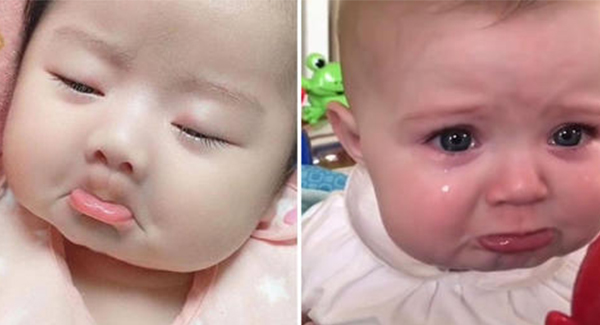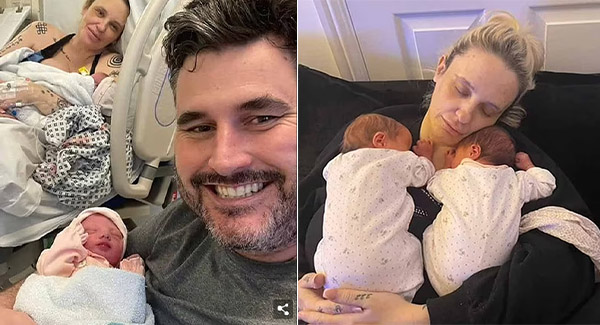In the vast tapestry of human emotions, love is often regarded as the most profound and transformative. It has the ability to stir up emotions, spur wonderful deeds of generosity, and unite people. Love is an unstoppable force that cuts over age, culture, and even logic. We come across the mysterious occurrence known as the sobbing distortion of the infant who is in love with the heart in this region of limitless love.


Babies, with their innocence and purity, embody the essence of unconditional love. Their affectionate gazes and gentle smiles can melt even the coldest of hearts. However, there are certain newborns that display a peculiar and enigmatic behavior—an extreme connection to the heart—occasionally.
Picture a cherubic infant, cradled in loving arms, their eyes brimming with tears, and their tiny mouth contorted in an anguished cry. This crying distortion can be bewildering to those witnessing it, for it carries a mixture of sorrow and longing. What lies at the heart of this perplexing phenomenon?


Experts in child psychology suggest that the crying distortion of the baby who is in love with the heart stems from a deep yearning for connection and intimacy. Babies, being instinctively attuned to the rhythms of human interaction, seek solace and reassurance from the beating heart that has nurtured them since their conception. The heart, for them, symbolizes safety, comfort, and a profound sense of belonging.
Furthermore, this intense attachment to the heart may also be an expression of the baby’s longing for the maternal bond. The sound of the mother’s heartbeat, the rhythmic lullaby that accompanied the baby’s earliest days in the womb, becomes a source of familiarity and security. The crying distortion can be seen as the baby’s way of conveying a deep longing to be cradled once again in that warm embrace, to feel the comforting rhythm of the heartbeat against their tiny chest.
However, it is important to note that not all babies exhibit this crying distortion, and its occurrence is relatively rare. Every child is different, with a distinct temperament and a different manner of expressing their wants and feelings. Other sources of comfort, such a pacifier, a calming song, or a caregiver’s soft touch, may provide comfort for certain infants.


The crying distortion of the baby who is in love with the heart serves as a poignant reminder of the power and complexity of human emotions, even in the earliest stages of life. It underscores the significance of love and connection in our lives, and the profound impact it can have on our well-being.
As caregivers and observers, it is our responsibility to respond to the needs of these babies with compassion and understanding. By recognizing and empathizing with their longing for love and connection, we can create an environment that fosters their emotional development and supports their journey of self-discovery.


In conclusion, the sobbing distortion of the heart-in-love infant perfectly captures the complexity of human emotions and the universal need for connection. It serves as a reminder that even at life’s most delicate times, love knows no limits. Let’s give the sobbing child the nurturing love they so urgently need by accepting them with open arms.












